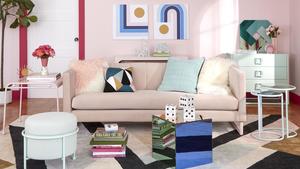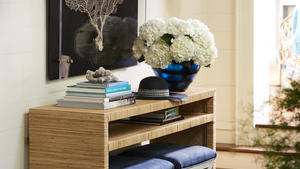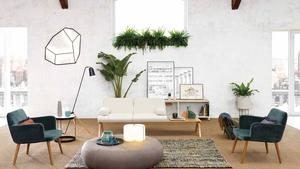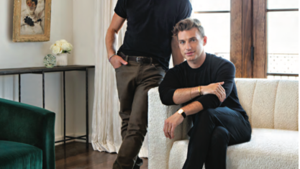Spring Market may be a year away, but Hickory Chair has already broken some important news for High Point 2019: The furniture brand is teaming up with interior designer Ray Booth on a new collection.
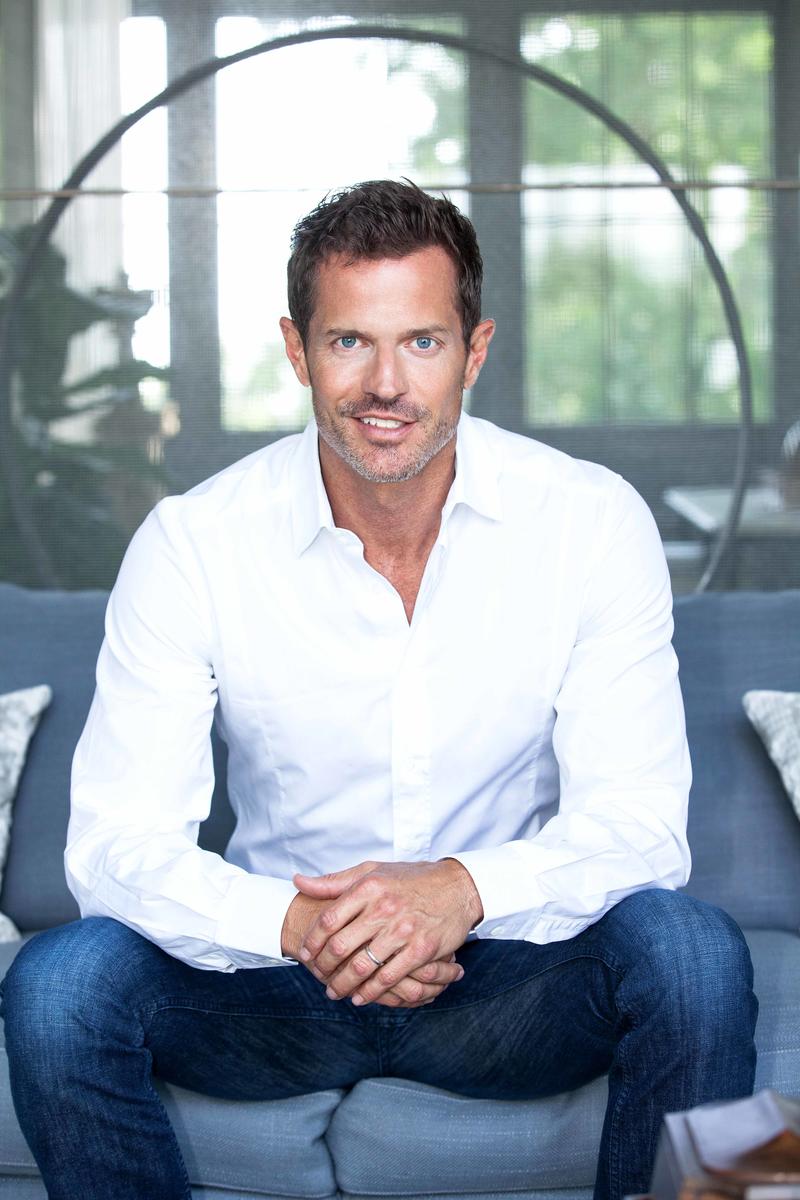
The collection will span bedroom, dining room and living room furnishings as well as decorative accessories. The AD100 designer, who worked with John Saladino and Clodagh before joining McAlpine as a partner in 1999, now splits his time between the design firm’s Nashville and New York offices. He joins other Hickory Chair collaborators like Mariette Himes Gomez, Albert Sack, Suzanne Kasler, David Phoenix and Susan Hable.
“The collaboration shared by Ray and our artisans and craftsmen brings his vision to reality,” says Kevin Bowman, Hickory Chair president. “To create this luxurious new collection, we are exploring new materials, creating dynamic new finishes and developing exciting new forms. We are confident that this distinctive collection that will add a new dimension to Hickory Chair’s exclusive position as a style leader while complementing our existing collections and products.”
As Booth says, “The juxtaposition of old and new is a signature of my work. I believe when standing at the junction of where we have been and where we are today, we can often glimpse where we might be going next.”
“Throughout my collection for Hickory Chair, new and old, East and West, contrasts and connections, push the boundaries of how we see things. My hope is that the showroom spaces envisioned for the launch reflect a modern, creative, inventive, layered, and elegant take on home furnishings. The Ray Booth Collection for Hickory Chair blends traditional forms with a modern touch that allow them to be seen anew.”
 Throughout my collection for Hickory Chair, new and old, East and West, contrasts and connections, push the boundaries of how we see things.” —Ray Booth
Throughout my collection for Hickory Chair, new and old, East and West, contrasts and connections, push the boundaries of how we see things.” —Ray Booth
“It is my dream that these new designs will be cherished for generations in the way so many antiques have made their way into our collective consciousness,” Booth continues. “The collection is intended to inspire new thoughts on design that push our ever-evolving desire for creativity and inventiveness and that we not settle for what is now, or what has been before, but rather that we continually ask what might be.”

















